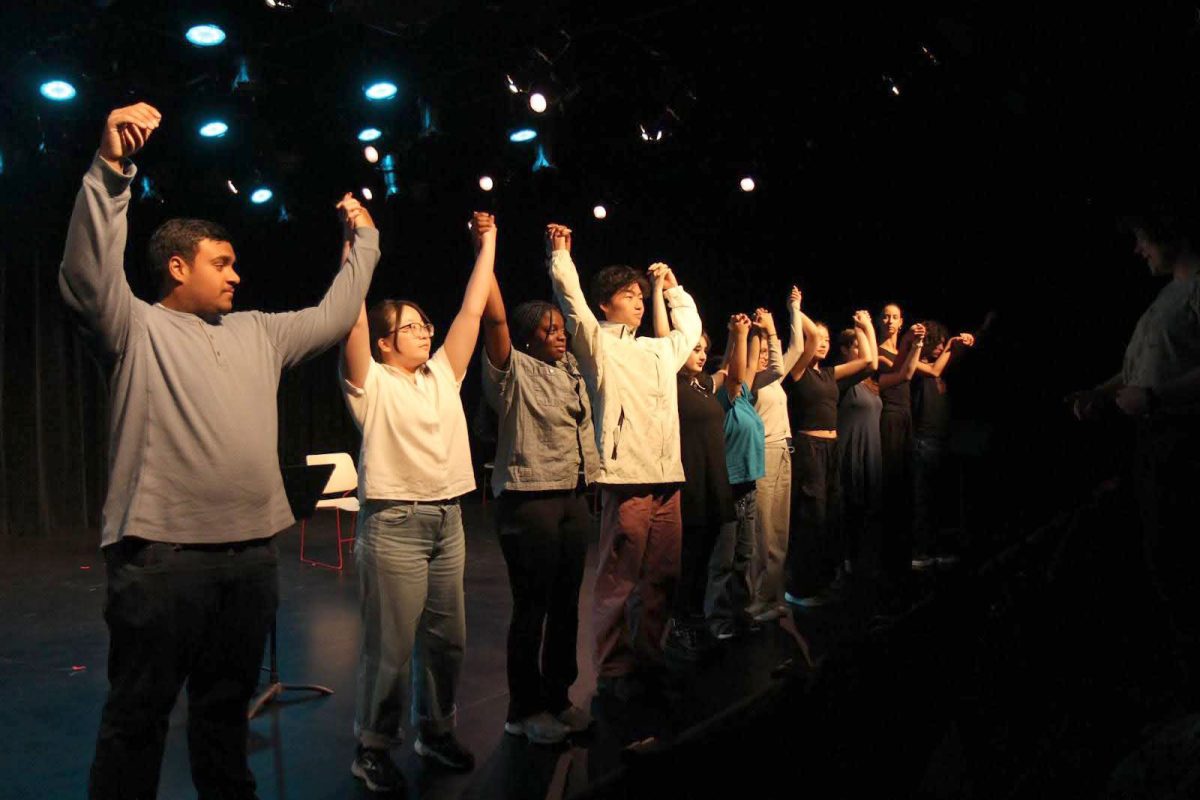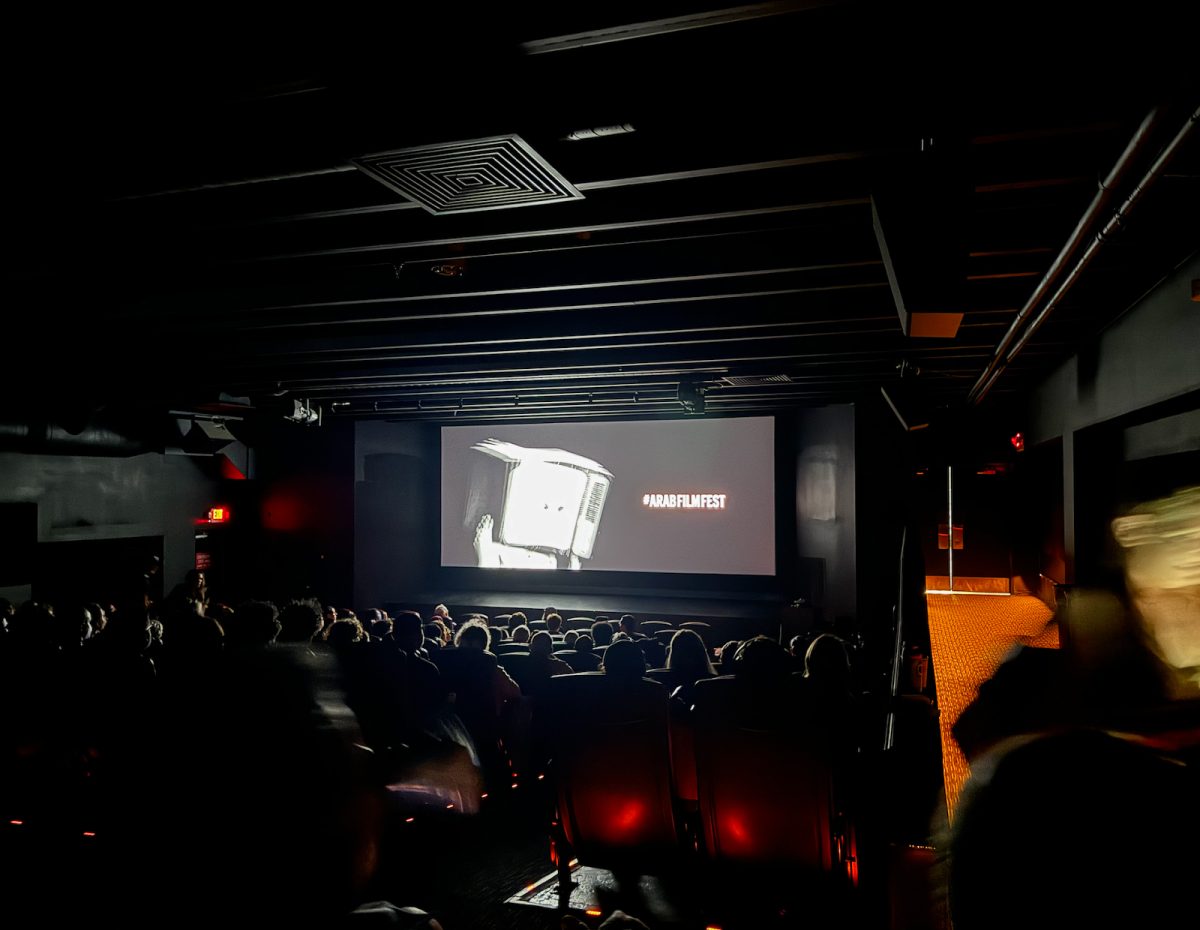
TMW: Why you were drawn to Jingdezhen’s pottery?
Gary Erickson: Jingdezhen porcelain has a long historic past. They have been working with clay for over 1700 years and true porcelain for over 1000. I have loved Chinese porcelain for its strong form and beautiful painting. But my work takes no influence from this. Being a sculptor and not a potter, Jingdezhen offers me a unique clay to work with that is not available here in the U.S. In 2005, Macalester’s Freeman Foundation Grant brought faculty to China for a curriculum development trip. I separated from the group for three days to visit Jingdezhen and was impressed by their porcelain’s ability to be either eggshell thin or to create vases fifteen feet tall. The unique geology of the kaolin clay makes it possible to create scale impossible anywhere else in the world.
How does your work fit into that aesthetic and how does it depart from it?
The interesting journey for me has been the translation of my low-fire, terracotta red clay aesthetics to high fire, pure white, dense porcelain. The first four years I went to Sanbao [Ceramic Art Institute outside of Jingdezhen] for only one month of working time. There I learned techniques and experimented with forms. The fifth year I felt I began to understand how I would be able to create spiraling forms that had an essence of the terracotta work but yet be new and unique with inspiration from my staying in China. I then began staying for two months to begin a body of work that at some point I would ship home. This continued for two more years at Sanbao and the past two renting private studio space in Jingdezhen city while living in a youth hostel. This gave me a greater feel for living in China. As I became more comfortable living for three months abroad my work became more relaxed and more personal. The pieces still have an influence from growth patterns of nature, like the terracotta work, but integrated is Taoist concept of Yin-Yang. Yin-Yang is more then just a concept of opposites, it is the beginning of all things, an energy, a wholeness. These things I explore through single spiral forms or by nesting, stacking and making relationships between forms. The work truly reflects the duality of my life in Minnesota and my summer life in China.
Is the work in this exhibit in line with your general style or is this a very specific project?
The pieces in the Concordia exhibition are a combination of the spiraling Yin-Yang forms I have been working with in Jingdezhen. This past summer I have also created parts for two installations that will be in the exhibition. The first is a series of spiral forms attached to the wall in a double spiral pattern. One spiral starts with a white dot center then continues on with black and the other black in the center, then white. I will illuminate the center pieces to highlight the translucency of the porcelain and identify the beginning. The other installation is 24 thin translucent tiles tied together with a traditional bamboo knot taught to me by my longtime friend Jiangshifu from Jingdezhen. These tiles create a suspended screen 45 inches by 30. Onto the back of the tiles I have edited and project a video of five workers simultaneously throwing four hundred pounds of clay in making a section for a large vase. When viewing the screen from the opposite side the video can been seen through the thin tiles. The title is “Process: 1-4-3-4-3-4-3-4-5-4-1.” I want to emphasize the amazing abilities of the Jingdezhen workers, and the numbers represent how many people are involved in this process as the video progresses. I am extremely excited about these pieces as they stretch my artistic potentials beyond one-of-a-kind objects.
What role did you have in the curation of the exhibit?
The Minnesota State Arts Board Grant requires a public component for each grant. This exhibition and one at Minnesota State –Mankato in January fill that requirement. I am also excited because this is the first time I will be sharing my work created in China with a U.S. audience. I not only want an audience to see my artwork, but I want them to learn about Jingdezhen and China as well. I have created several posters that are displayed in the exhibition that teach about this city and the influence on my work by living and creating there. I have had complete control over concept, design, installation and content of the exhibition. I am very pleased with the results as a creative expression and as educational tools for students and the public to learn from.







Nathan McLean • Sep 6, 2019 at 12:26 pm
Way cool! Some extremely valid points! I appreciate you writing this write-up and also the rest of the site is really good.